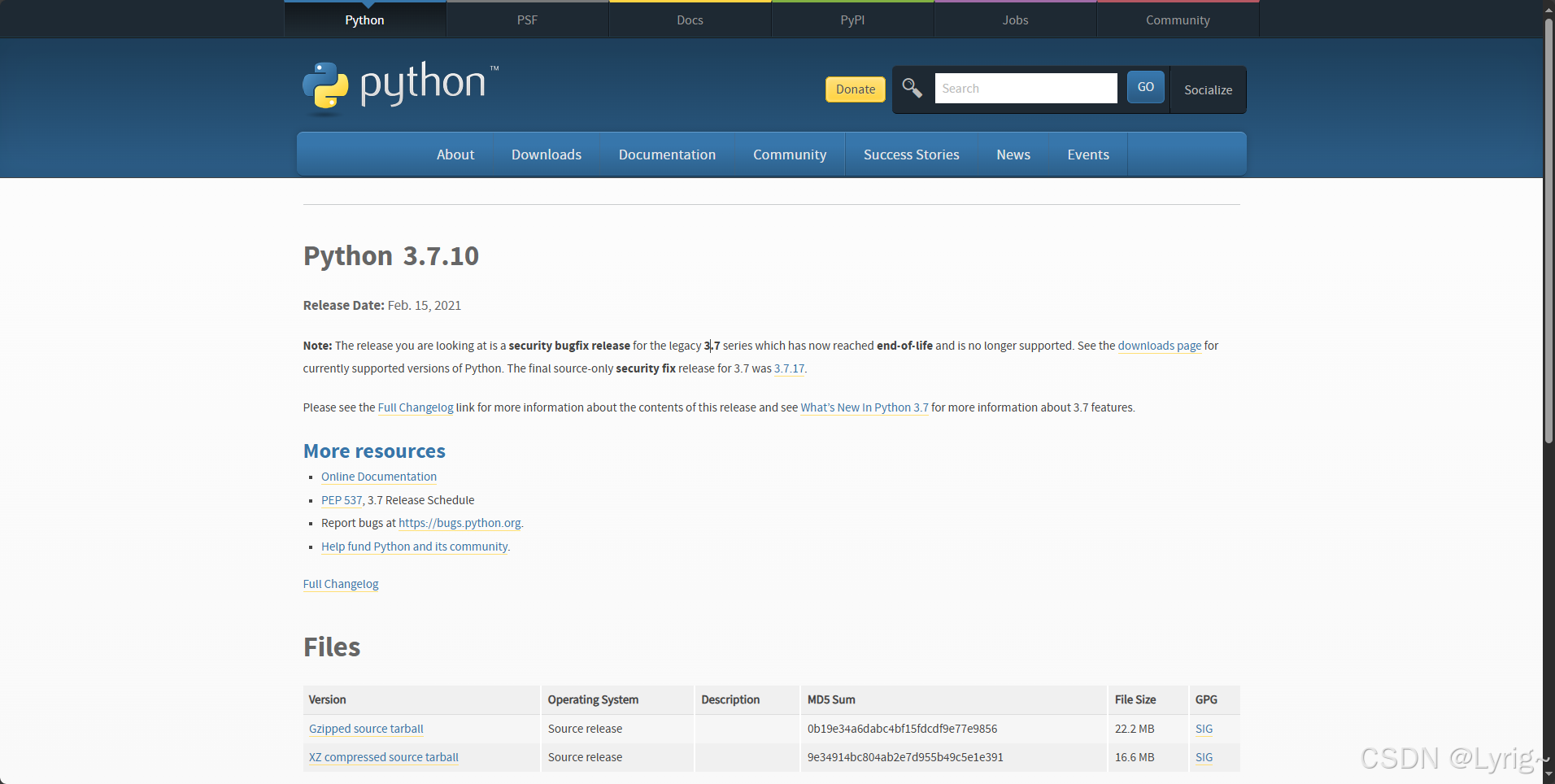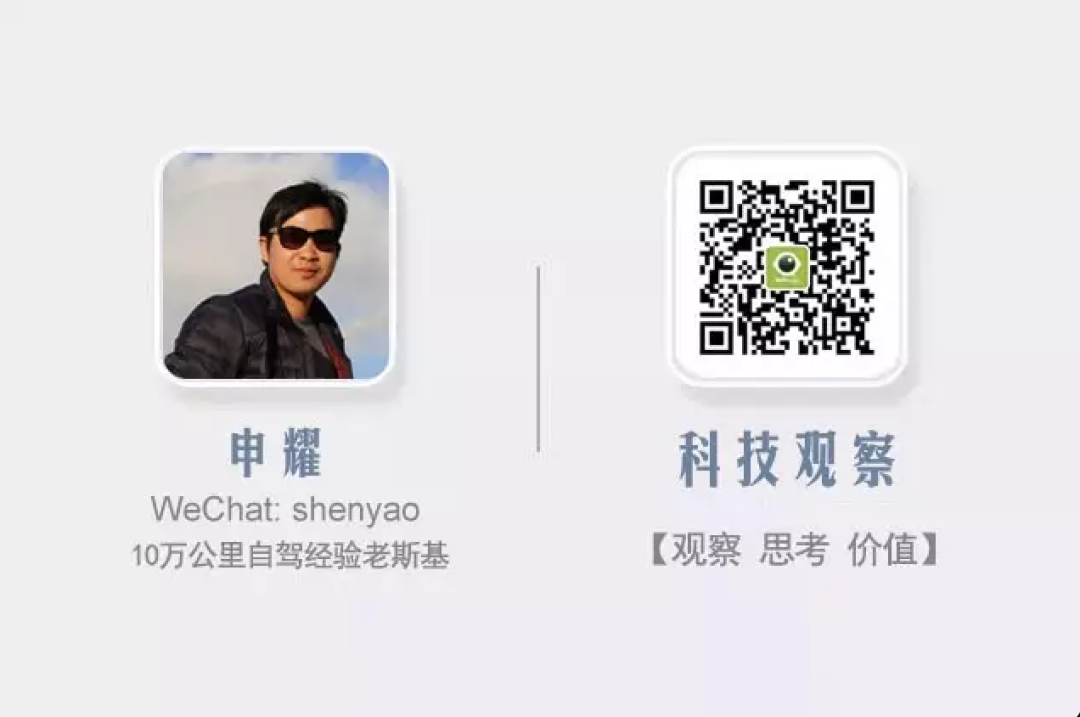Active-Prompt
思维链(CoT)方法依赖于一组固定的人工注释范例。问题在于,这些范例可能不是不同任务的最有效示例。为了解决这个问题,Diao 等人(2023)(opens in a new tab)最近提出了一种新的提示方法,称为 Active-Prompt,以适应 LLMs 到不同的任务特定示例提示(用人类设计的 CoT 推理进行注释)。
下面是该方法的说明。第一步是使用或不使用少量 CoT 示例查询 LLM。对一组训练问题生成 k 个可能的答案。基于 k 个答案计算不确定度度量(使用不一致性)。选择最不确定的问题由人类进行注释。然后使用新的注释范例来推断每个问题。
图片来源:Diao等人(2023)
方向性刺激提示
Li 等人,(2023)(opens in a new tab)提出了一种新的提示技术,以更好地指导 LLM 生成所需的摘要。
训练了一个可调节的策略 LM 来生成刺激/提示。越来越多地使用RL来优化 LLM。
下图显示了方向性刺激提示与标准提示的比较。策略 LM 可以很小,并且可以优化以生成指导黑盒冻结 LLM 的提示。
图片来源:Li 等人,(2023)
PAL(程序辅助语言模型)
Gao 等人(2022)(opens in a new tab)提出了一种使用 LLMs 读取自然语言问题并生成程序作为中间推理步骤的方法。被称为程序辅助语言模型(PAL),它与思维链提示不同,因为它不是使用自由形式文本来获得解决方案,而是将解决步骤卸载到类似 Python 解释器的编程运行时中。
图片来源:Gao 等人(2022)(opens in a new tab)
让我们以 LangChain 和 OpenAI GPT-3 为例。我们有兴趣开发一个简单的应用程序,它能够解释所提出的问题,并利用 Python 解释器提供答案。
具体来说,我们有兴趣创建一个功能,允许使用 LLM 回答需要日期理解的问题。我们将为 LLM 提供一个提示,其中包括一些示例,这些示例是从这里(opens in a new tab)采用的。
这是我们需要导入的包:
import openaifrom datetime import datetimefrom dateutil.relativedelta import relativedeltaimport osfrom langchain.llms import OpenAIfrom dotenv import load_dotenv让我们先配置一些环境:
load_dotenv() # API configurationopenai.api_key = os.getenv("OPENAI_API_KEY") # for LangChainos.environ["OPENAI_API_KEY"] = os.getenv("OPENAI_API_KEY")设置模型实例:
llm = OpenAI(model_name='text-davinci-003', temperature=0)设置提示+问题:
question = "Today is 27 February 2023. I was born exactly 25 years ago. What is the date I was born in MM/DD/YYYY?" DATE_UNDERSTANDING_PROMPT = """# Q: 2015 is coming in 36 hours. What is the date one week from today in MM/DD/YYYY?# If 2015 is coming in 36 hours, then today is 36 hours before.today = datetime(2015, 1, 1) - relativedelta(hours=36)# One week from today,one_week_from_today = today + relativedelta(weeks=1)# The answer formatted with %m/%d/%Y isone_week_from_today.strftime('%m/%d/%Y')# Q: The first day of 2019 is a Tuesday, and today is the first Monday of 2019. What is the date today in MM/DD/YYYY?# If the first day of 2019 is a Tuesday, and today is the first Monday of 2019, then today is 6 days later.today = datetime(2019, 1, 1) + relativedelta(days=6)# The answer formatted with %m/%d/%Y istoday.strftime('%m/%d/%Y')# Q: The concert was scheduled to be on 06/01/1943, but was delayed by one day to today. What is the date 10 days ago in MM/DD/YYYY?# If the concert was scheduled to be on 06/01/1943, but was delayed by one day to today, then today is one day later.today = datetime(1943, 6, 1) + relativedelta(days=1)# 10 days ago,ten_days_ago = today - relativedelta(days=10)# The answer formatted with %m/%d/%Y isten_days_ago.strftime('%m/%d/%Y')# Q: It is 4/19/1969 today. What is the date 24 hours later in MM/DD/YYYY?# It is 4/19/1969 today.today = datetime(1969, 4, 19)# 24 hours later,later = today + relativedelta(hours=24)# The answer formatted with %m/%d/%Y istoday.strftime('%m/%d/%Y')# Q: Jane thought today is 3/11/2002, but today is in fact Mar 12, which is 1 day later. What is the date 24 hours later in MM/DD/YYYY?# If Jane thought today is 3/11/2002, but today is in fact Mar 12, then today is 3/12/2002.today = datetime(2002, 3, 12)# 24 hours later,later = today + relativedelta(hours=24)# The answer formatted with %m/%d/%Y islater.strftime('%m/%d/%Y')# Q: Jane was born on the last day of Feburary in 2001. Today is her 16-year-old birthday. What is the date yesterday in MM/DD/YYYY?# If Jane was born on the last day of Feburary in 2001 and today is her 16-year-old birthday, then today is 16 years later.today = datetime(2001, 2, 28) + relativedelta(years=16)# Yesterday,yesterday = today - relativedelta(days=1)# The answer formatted with %m/%d/%Y isyesterday.strftime('%m/%d/%Y')# Q: {question}""".strip() + '\n'llm_out = llm(DATE_UNDERSTANDING_PROMPT.format(question=question))print(llm_out)这将输出以下内容:
# If today is 27 February 2023 and I was born exactly 25 years ago, then I was born 25 years before.today = datetime(2023, 2, 27)# I was born 25 years before,born = today - relativedelta(years=25)# The answer formatted with %m/%d/%Y isborn.strftime('%m/%d/%Y')llm_out 是一段 python 代码,我们可以使用 exec 执行它:
exec(llm_out)print(born)这将输出以下内容:02/27/1998






![动手学深度学习(pytorch)学习记录25-汇聚层(池化层)[学习记录]](https://i-blog.csdnimg.cn/direct/b7f1873de1794798ab4b9ddefe21bc59.gif)









![[AHK]编写Dialog类代替内置的InputBox命令](https://i-blog.csdnimg.cn/direct/44df13330cad47d3ab655a31b2395dea.png)


![[C高手编程] const, volatile, register, inline: 修饰符与关键字全面解析](https://i-blog.csdnimg.cn/direct/6a1c008a19d2442896c277f3baa6954f.png#pic_center)